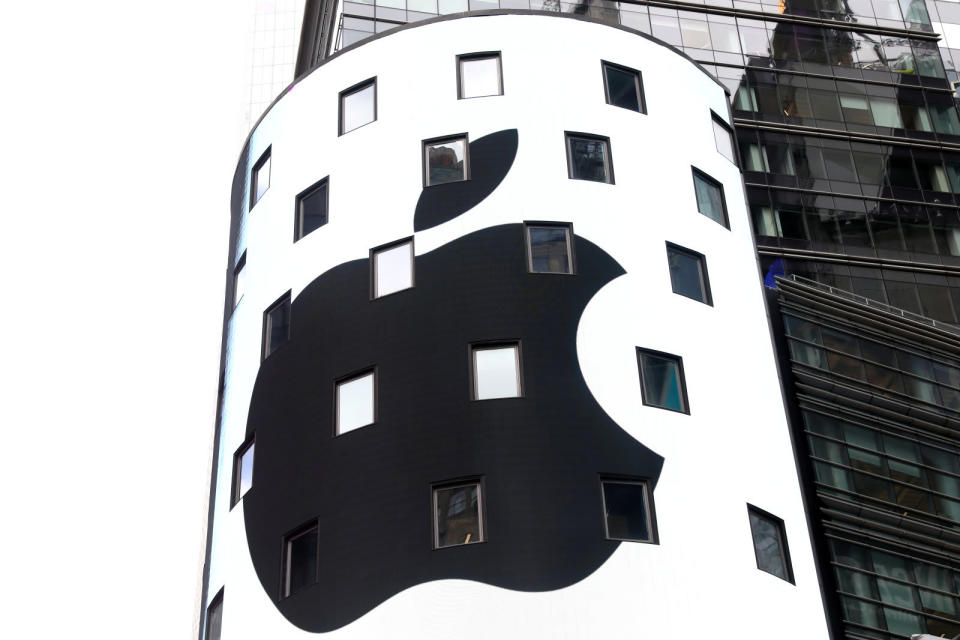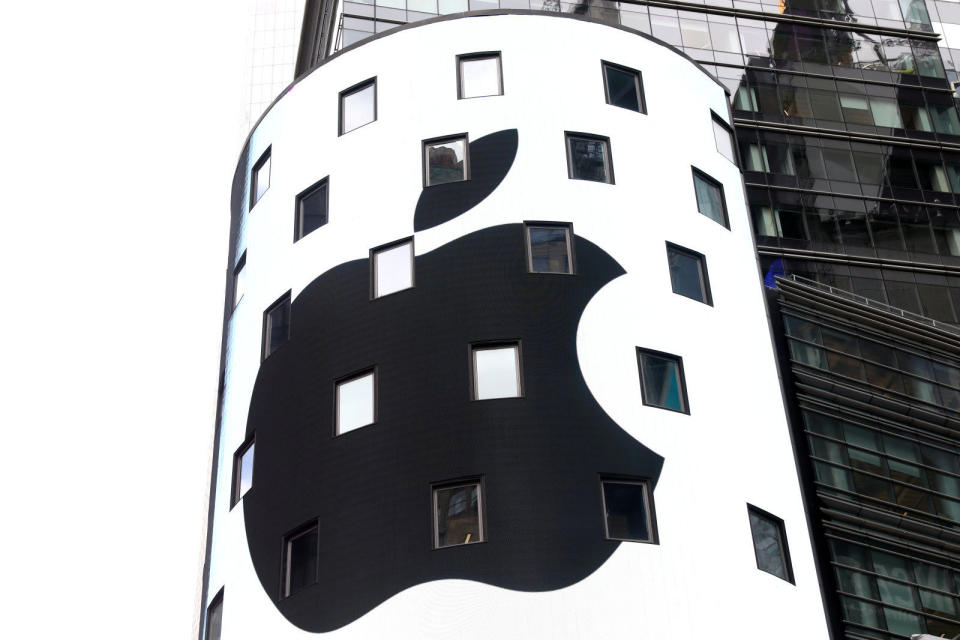Apple's services are making more money than ever
Good news when you're about launch more services.
Usually, when Apple releases its quarterly earnings, you'll find a quote from CEO Tim Cook that at least mentions the iPhone -- after all, it accounts for the single biggest chunk of the company's quarterly takings. This time, though, the word "iPhone" hardly appears in the company's release, probably because its smartphone revenue is way down from last year.
Over the past three months, Apple raked in just north of $31 billion thanks to iPhone sales, compared to $37.6 billion this time in 2018. As you might expect, that had a pretty significant effect on Apple's overall business: last year's March quarter was its best ever, but this time, the company only pulled in a total of $58 billion in revenue. That's a noticeable dip to be sure, but it was apparently still enough to appease Wall Street: Apple beat analyst expectations across the board, prompting the company's stock price to surge nearly 5 percent (at time of writing) in after-hours trading.
As important as hardware is to Apple's bottom line, the company is keenly aware that its biggest growth opportunity lies elsewhere: services. Mainstays like iCloud and Apple Music are nothing new, but the company launched its News+ subscriptions back in March, and aims to get its Apple TV+ and Apple Arcade services live sometime this year. It'll be a while before we see what kind of impact exclusive shows and games will have on Apple's bottom line, but for now, Apple's non-hardware business is surprisingly strong: Cook says over the past three months, the company's services set "an all-time record." Put another way, Apple saw its services business surge to $11.5 billion this quarter.

Let's put that number in context: Cook didn't laud the iPhone in today's release, but he did point out that the iPad had a "blockbuster quarter," resulting in $4.87 billion in revenue. Mac sales dipped slightly year-over-year to $5.51 billion, which was largely offset by dramatically increased sales of Apple's wearables. (For those keeping count, Cook said growth in that segment was around 50 percent.) Aside from iPhones, Apple actually had a solid three months of hardware sales. But. If you lump all the revenue Apple generated from its non-iPhone hardware, that number still comes up short compared to its services revenue.
And again, that doesn't include any of the new stuff Apple has waiting in the wings -- the only new service Apple launched to the public last month was its $9.99/month News+, but since everyone who signed up got a free month, none of that money made it into this quarter's release. It might not be long before Apple's subscription money starts to overshadow its non-iPhone hardware entirely.
While Apple has a few reasons to feel good about this quarter, there's at least one number in this release that feels troubling: Greater China revenue. Around this time last year, Tim Cook declared in that Apple saw "over 20% growth in Greater China," a figure that absolutely contributed to the company's best March quarter ever. It didn't take too long after that, though, for the China situation to grow dire, culminating in an unheard-of investor update about weak iPhone sales and dramatic dip in first-quarter revenue -- the last time that happened was in the winter of 2000.
In Europe, Japan, Asia Pacific and the Americas, Apple more-or-less saw steady sales compared to last year. Not so in Greater China: there, the company saw its revenue drop by 30 percent since this time in 2018. Cook said on the customary earnings call that Apple's relationship with China is improving and that he feels "positive" about the company's trajectory. That may be true, but Apple's days of counting on China as a major growth engine seem to be over -- if the company is seriously lucky, the gains it makes off of services like Apple TV+ and News+ will be enough to help it break through the trillion-dollar barrier again.



